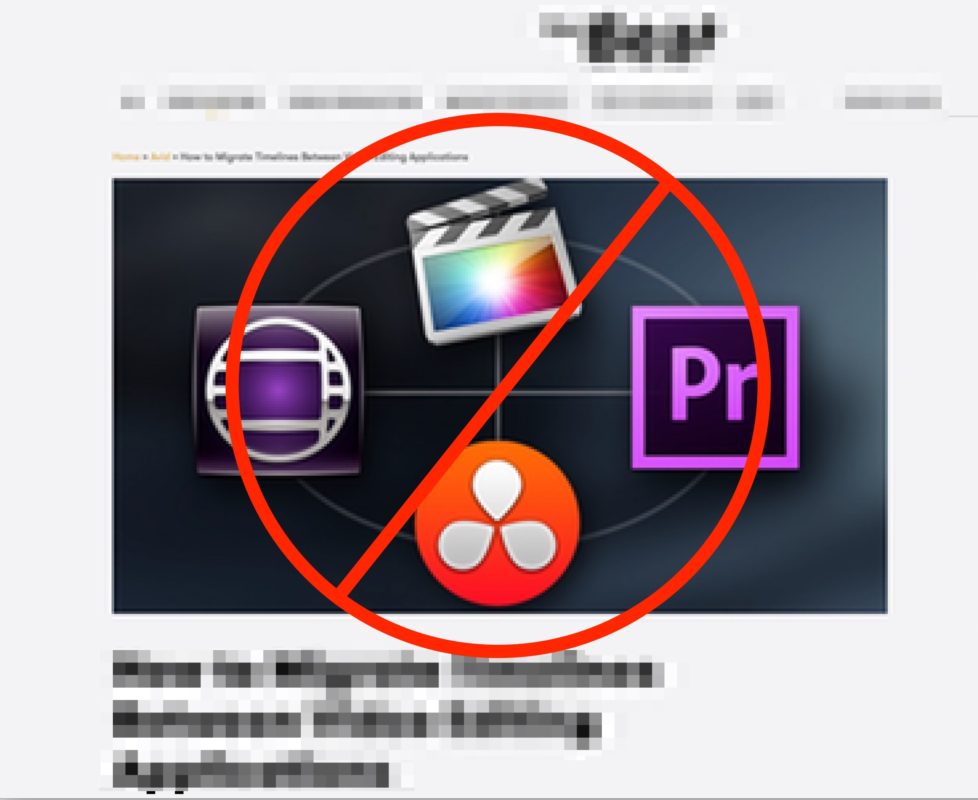One question that I saw pop up on a lot of Internet forums and Facebook groups last year (and some already this year) had to do with moving “projects” from one non-linear editing system to another. Usually it was some version of moving Adobe Premiere Pro to Avid Media Composer or vice versa but sometimes Final Cut Pro was involved in the conversation. To a lesser extent Davinci Resolve. And believe it or not, once I saw VEGAS Pro in the conversation.
What the discussion usually evolved into after that (or should I say devolved into) was several folks saying that the hassle wasn’t worth it as well as others explaining you can move timelines around but not whole projects even though whole projects is what the original poster usually wanted.
Often that original poster was an inexperienced editor, a post supervisor or someone working in the post-production chain who had been assigned the task of making this move happen.
As a service to the post-production community, I thought I would provide this list of stock answers to some of the frequently asked questions that come with wanting to move from one NLE to another and often back again. Some of these answers are just repeating a variation of the same information just in a slightly different way.
For those wanting to use this information:
First I provide a short answer that you can give to the person asking you to accomplish this task. Hopefully, that will suffice. There is also a long answer if you need to get into more detail as to why this isn’t easy, often doesn’t work and can end up costing more money than you might save.
Or feel free to forward this link.
For this job we need to move the project from insert one NLE here to insert other NLE here and maybe back again. Can you make that happen?
Short answer:
No. I cannot.
Long answer:
No. Negative. Nada. Can’t do it. Ain’t gonna happen. Dream on dreamer. There’s a lot more in the answer to this question you have just asked of me than one or two words can explain so just trust me as the post-production professional that I am that this isn’t really doable in the manner that you expect and let’s come up with another alternative to get this job done. This is more than we can do in an email or text exchange so let’s set up a time to chat or Zoom or Facetime and discuss options.
Why is that? I read on the internet that it’s easy to move a project from one NLE to the other.
Short answer:
What you most likely read about is how to export a timeline from one NLE to the other (and sometimes translate it with Resolve) so first of all, it doesn’t give us the whole project. Second of all this is fraught with potential pitfalls. Can we just drop it? Or can you send me the link so I can investigate?
Long answer:
What you read on the internet is wrong. You most likely googled “how to move from avid to premiere pro” and found a trash article called How to Migrate Timelines Between Video Editing Applications from 2014 that only mentions how to use the software to export lists from one NLE, sometimes translate that via Resolve and import that into another NLE. All that does is show you how to use software menus which is a common problem with learning something via a Google search. It makes no mention of all the difficulties and pitfalls of doing this and needs to be wiped from the internet.
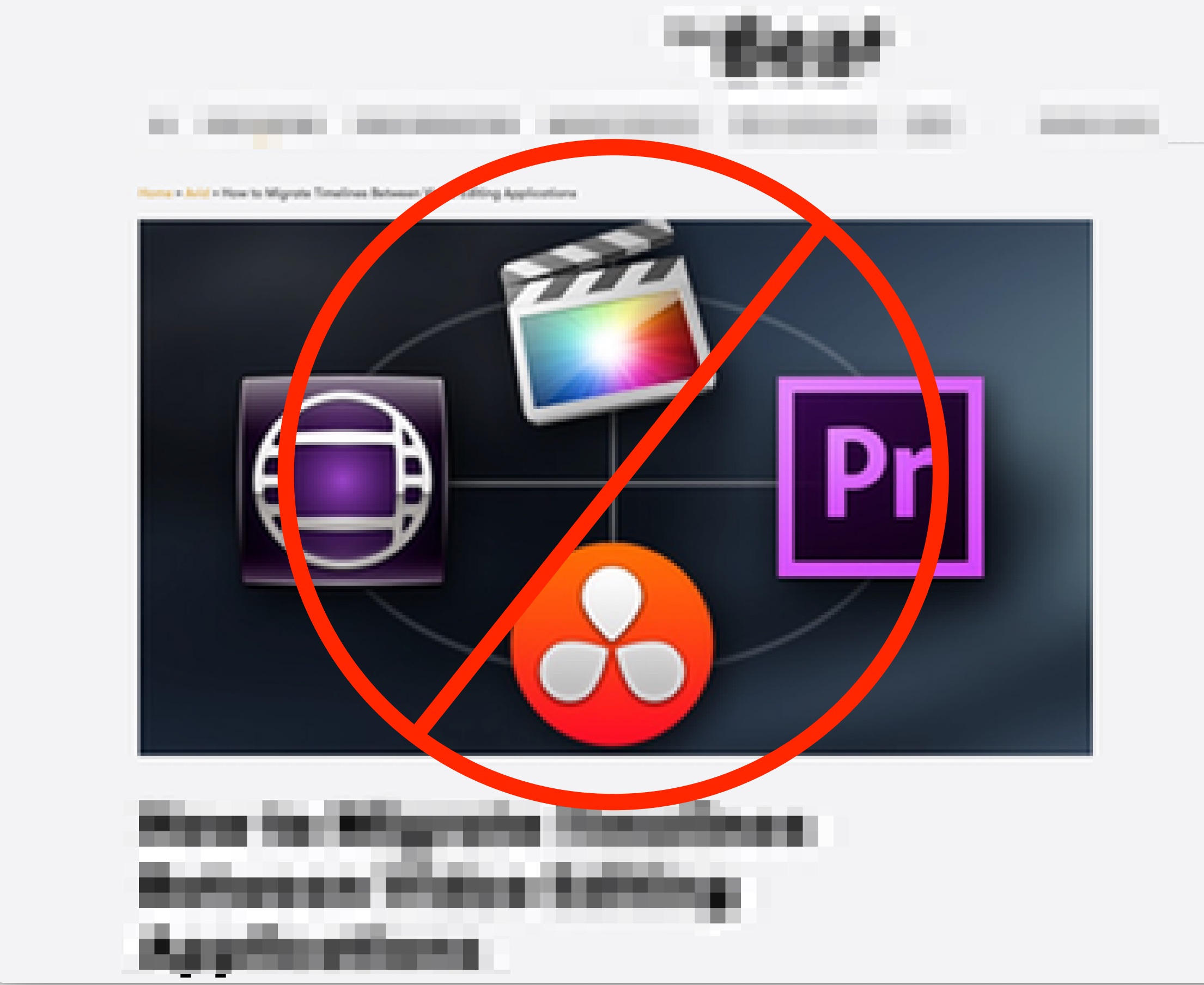
 and potentially
and potentially  .
.
Can’t you just use an EDL?
Short answer:
You cannot use an EDL to transfer a project from one NLE to another because an EDL is for single timelines only and supports very, very limited data.
Long answer:
The EDL, or Edit Decision List, is a simple text translation of the cuts and dissolves (for the most part) in a single layer of a single timeline only. There are no bins, folders or other project data that comes across. In order for an EDL to work the destination NLE must support the importing of an EDL (not just exporting) as well as linking to media that has proper timecode, file name and reel info among the bits of metadata that make this possible. Multiple video tracks, multiple audio tracks, effects, repositions, scaling, transitions and so much more really doesn’t translate so the fidelity is low. This is not a good idea for what you’re wanting to do.
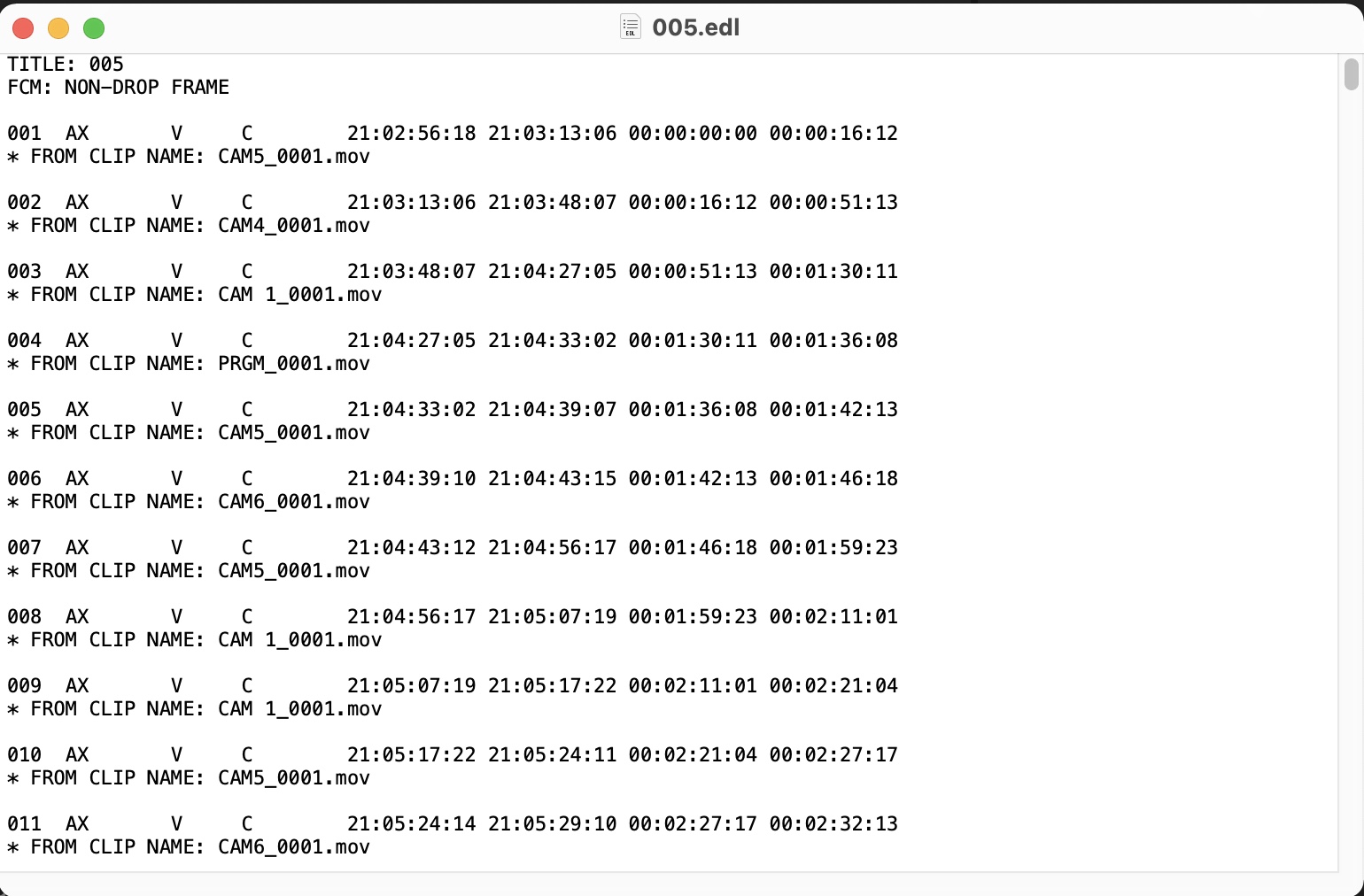
Then can you send an XML from Premiere so they can import that into Avid?
Short answer:
Avid Media Composer doesn’t support XML as an interchange protocol so any XML I send can’t be directly imported into Media Composer.
Long answer:
There are many ways to exchange data between NLEs. EDLs, AAFs, XMLs, but not all are supported by all NLEs and different types of data may or may not come across depending on what you’re wanting to do.
Avid Media Composer, for example, doesn’t support XML exchange but does support AAFs.
Adobe Premiere Pro can export XML, EDL and AAF for timeline exchange but XML is the most common and most supported protocol but that is the old Final Cut Pro Classic XML that has been tweaked in recent years and not the new Final Cut Pro X (thought Apple dropped the X) .fcpxml. AAF is generally used for sending audio to mix but not entirely as AAF can carry other data too. I didn’t even mention OMF. This isn’t confusing at all now is it?
The new (though it’s old now) Final Cut Pro only supports the new with FCPX specific .fcpxml and needs a third-party tool (or tools) to deal with anything beyond that for import or export. You might find this document from Intelligent Assistance about their translation tools helpful as far as what might translate and what might not as they make the best translation tools depending on how you want to move.
Davinci Resolve can support all of these protocols not because Resolve is magic (though it indeed might be magic) but because Resolve began life as an online and conform tool so it has to support them all to do its job. And we all benefit from that but there are finishing artists who have spent their entire career conforming these very lists in Resolve and they still have difficulty from time to time.
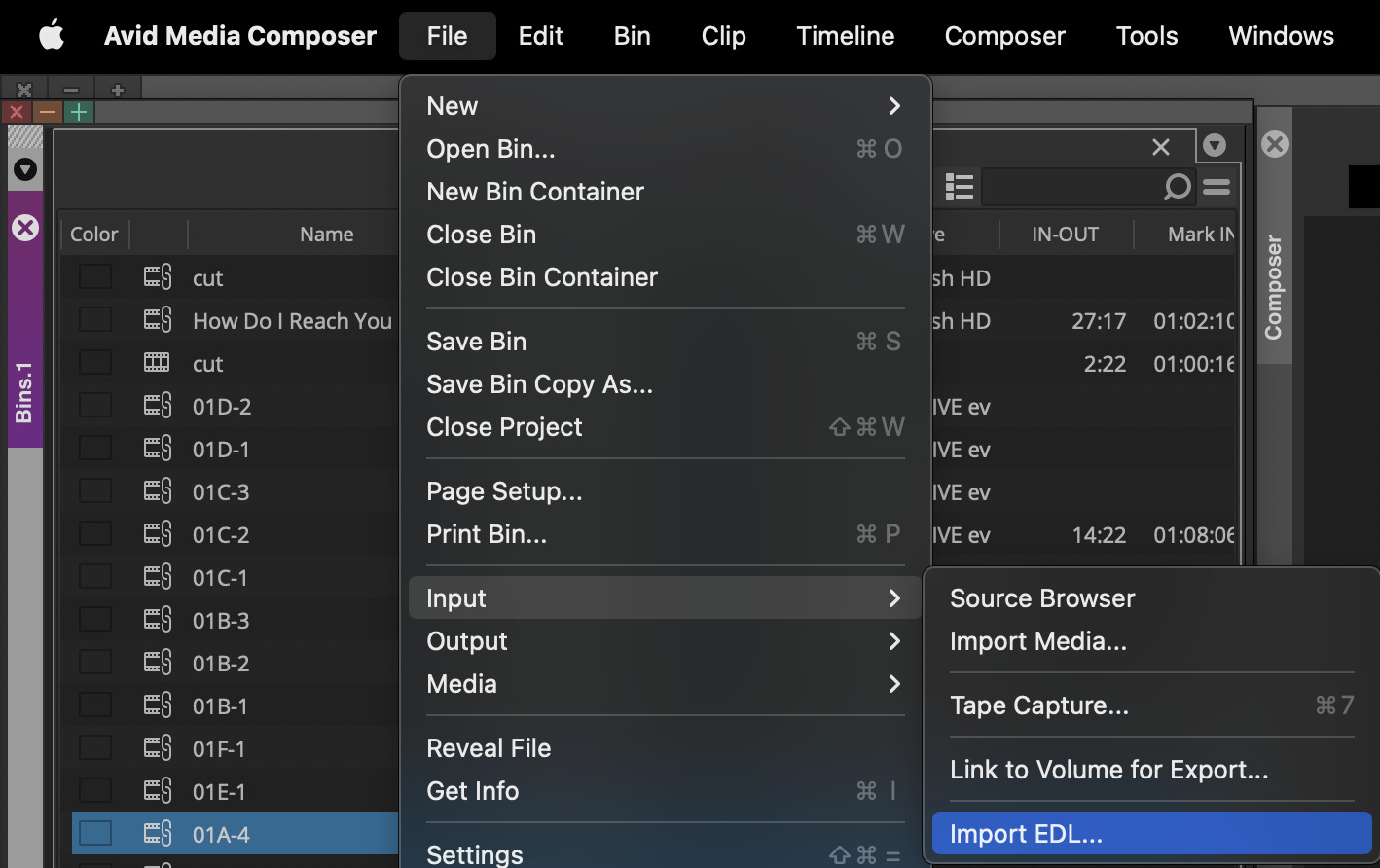
Can you use an AAF?
Short answer:
No. Have you been reading the internet again?
Long answer:
While AAF exchange is used mostly for sending audio to mix edit timeline data can be exchanged with an AAF. But like all NLE interchange formats, the success depends on how complex the timeline is we are trying to exchange and what kind of media we are trying to connect/conform/link to and how good the metadata (like file name, reel name and timecode to name a few) is for those files. And have you ever tried to relink media in Avid Media Composer?
Adobe has even been nice enough to publish its own document on moving from Avid to Premiere Pro but it isn’t as easy as even that sounds due to all the issues mentioned above. We didn’t get into the Avid Log Exchange option as ALEs are yet another exchange protocol that may or may not work depending on all those different factors I’m mentioning again.
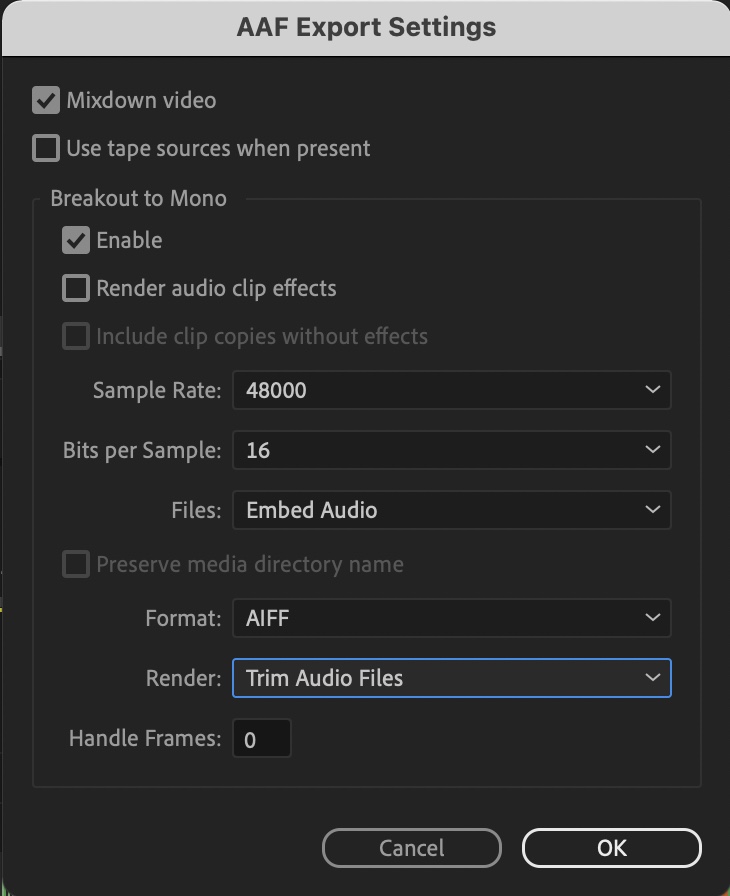
Can’t you just use Resolve to convert it?
Short answer:
Resolve is able to convert timeline lists from one NLE to another but there are many things that determine how well it works so we won’t know how well it might work until we try. And don’t expect it to work well or be easy.
Long answer:
Since all NLEs are different they use different architectures to build project and bin structures and there is no real method to convert fully imported and organized projects. In theory, you could organize a project in two different NLEs and send the edits/timelines back and forth but you run the risk of duplicating media and master clips in the project each time as well as issues relinking the timeline clips back to the media on the drive.
Of particular note here: Resolve was never meant to be a timeline list conversion tool. Yes, it can convert them because it can import one format while exporting another. But this is because it was built as a conform, online and color grading tool. It was meant to import the timeline, fix all the issues, and then do the finishing work. Often it exports a timeline back to the NLEs because it can generate new media that has been color graded back to the other NLEs. There is a lot of work between this import and export step, often including generated new media. It just wasn’t meant to be a timeline list conversion tool because one person in the post-production chain is too lazy or too stubborn to learn one tool or the other.

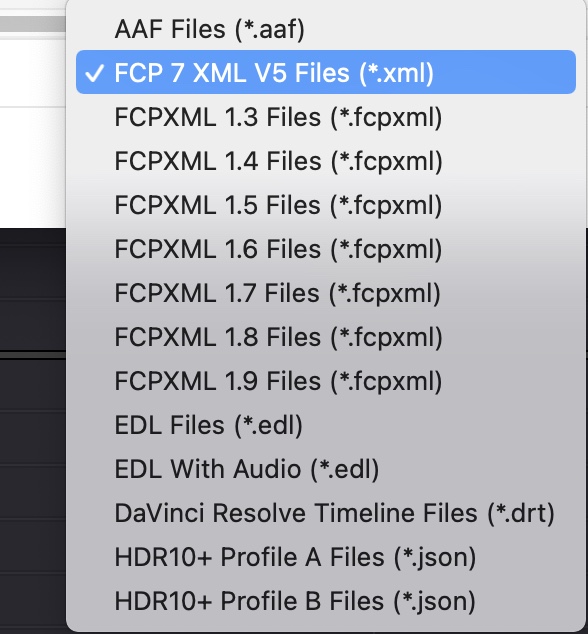
Can you convert the whole project (not just the timeline) from this NLE to that NLE?
Short answer:
No. No, you cannot. Now stop asking.
Long answer:
All of these XML, EDL and AAF exports we are talking about is for timeline exchange between NLEs. There is no standard or reliable protocol for converting an entire project from one NLE to another. Until Opentimeline.io becomes a standard even the timeline exchange can have issues.
You are wanting things like project logging and organization that can include bins, markers and comments, synced audio, Multicam/grouped clip, subclips and selects or stringout sequences to translate from one NLE to another and that just isn’t realistic and isn’t possible at this point in time. Each NLE is different and uses its own architecture and currently, there aren’t any methods that provide for quick, easy and (most importantly) accurate translation of full projects from one NLE to another. Anything that isn’t accurate will require manual work to make right.
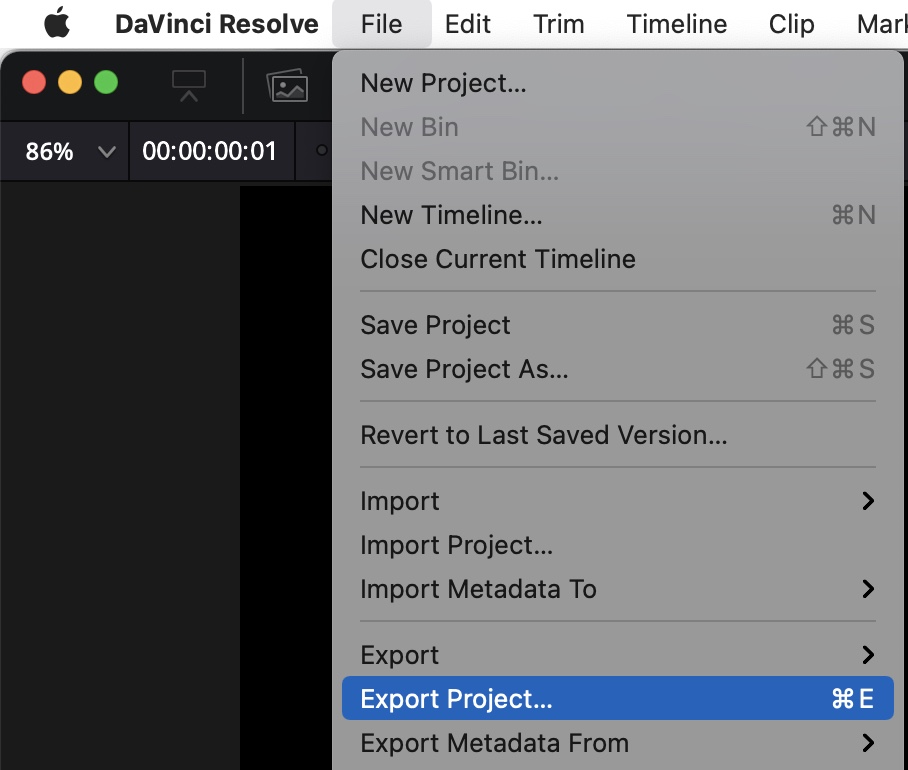
The director wants to work on Adobe Premiere Pro as the post house works on Avid Media Composer so can we send projects back and forth?
Short answer:
That isn’t easily possible so we need to get both working on the same NLE to save money, time and headaches as we work through this project.
Long answer:
I understand that we want to accommodate this director doing some of this own editing but since translating from one NLE to another isn’t fairly easy or accurate we should have one or the other adapt to save time and money.
The reason for this is that anything beyond basic cuts and dissolves won’t be supported and if we constantly have problems translating back and forth it’s going to frustrate the client and cost both of us money. This isn’t what the director does on a daily basis so we risk frustrating him or her as well. On top of that if the media we are linking to as we move these timelines around isn’t rock solid with proper file paths, unique file names and accurate timecode (at the very least) we are going to have problems relinking media on any system.
And also again add on top of that, if the director starts throwing in music, b-roll, still images or YouTube rips that will future complicate things if that media isn’t correctly prepared for proper post-production workflow. And then if the director starts scaling, zooming, cropping or doing any kind of animations or movement on their cut that won’t translate either and it’s going to take more time and money to reproduce.
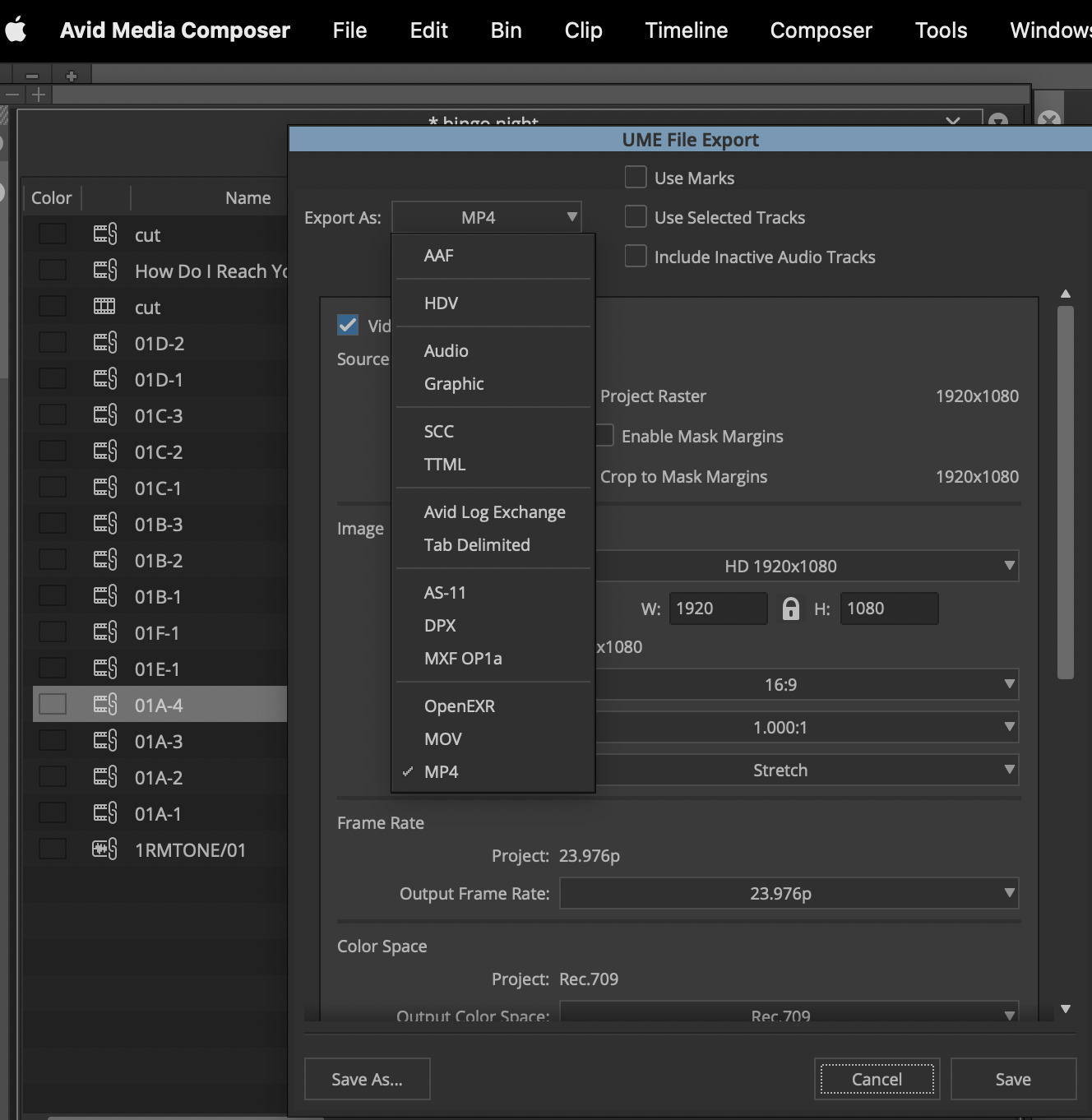
Can we just manually recreate what they are doing in their NLE on our end?
Short answer:
Yes, we can manually recreate what someone does in another NLE in any other NLE. How much money do we have to do this? Is it billable by the hour and time-unlimited?
Long answer:
It is possible to do a manual conform of a timeline from one NLE to the other. This is what online and color grading sessions have been doing for years. That always begins with a list of some kind (XML, AAF or to a lesser extend EDL) that is imported into the online/grading system. But you only get so much accuracy and often have to do some manual work to match the shots.
That list is accompanied by a reference video file export (hopefully with source timecode burn-in) from the originating system (usually a ProRes .mov or H264 .mp4) so the manual work of conforming the designation timeline back to the original can begin. That reference BITC means you can manually find and fix the shots that do not conform with the list.
Here are two in-depth articles from 2013 about moving from editorial to color grading that might help understand this process and the issues we face in doing this move. One is from a colorist’s point of view and one is from an editor’s point of view so you get some different perspectives on this and how it can be a lot of work.
Manually doing anything in post-production means time. Time means money. Not having to move edits and projects between NLE can … wait for it … save money.
This article is obviously a bit tongue in cheek. It is possible to move timelines back and forth with relative ease if you have good media and once the proper workflow has been established. Often there isn’t the time for that or even the desire to put in the work to make it easy. It does require some technical knowledge that one side of the process might not have. Someone in the post-production chain making a workflow request after a cursory Google search happens all the time. Often directors who do some of their own editing (which is often the catalyst for this request) know just enough to get the job done when it comes to the technical ins and outs of a good workflow and nothing more. Sometimes the post-production supervisor who is making this request and watching the budget doesn’t realize the time this back and forth can take. And as we all know:
I hope this article can be helpful when you’re inevitably asked to move a project from one NLE to another.

Filmtools
Filmmakers go-to destination for pre-production, production & post production equipment!
Shop Now